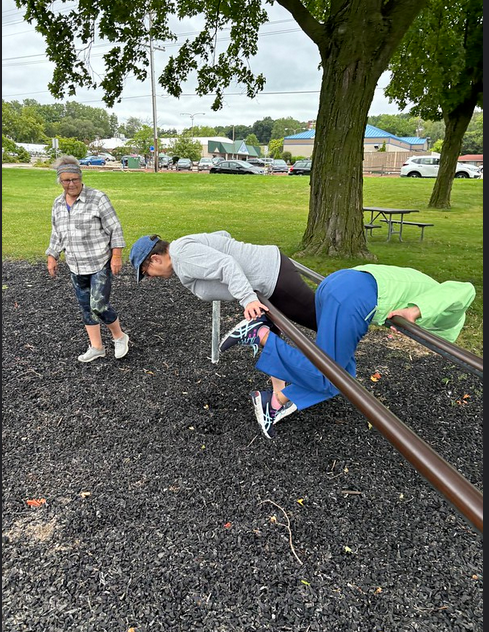Critical Gerontology vs. Historical Gerontology: Two Perspectives On Aging
- Erin Eleu
- Jun 2
- 2 min read
Updated: Jul 26

I recently listened to an excellent episode of At Home on Air, a podcast put on by At Home With Growing Older where guest Patrick Joseph Roden PhD discussed two primary perspectives on aging: Critical Gerontology and Historical Gerontology.
Critical Gerontology recognizes that human development continues throughout the lifespan. It challenges ageist assumptions and examines how social structures, cultural narratives, and institutional practices shape the experiences of older adults. Rather than viewing aging as a process of inevitable decline, it sees potential, agency, and continued contribution.
Historical Gerontology, in contrast, often takes a medicalized view of aging. It tends to frame the aging process as a series of physical and cognitive losses—something to be treated, managed, or slowed. This perspective emphasizes decline, with the belief that the body and mind peak in midlife and then deteriorate.
How These Perspectives Show Up:
Critical Gerontology in Action:
Shawn, a retired teacher and avid hiker, offered to train and lead seniors from the local senior center to hike up 2,000 ft. to Mt. Herman.
Janette, the founder of a local nonprofit that prepares high school students for careers in tech, is reaching out to the senior center to recruit mentors. She believes in the power of intergenerational connection and recognizes the invaluable life and work experience seniors bring.
Bob, a former basketball coach in his 80’s, formed a basketball league for women over 60. He sees learning a new sport, playing on a team, and competition as ageless pursuits.
These individuals are driven by the belief that aging offers opportunity, not limitation. They reflect a narrative of continued growth, leadership, and engagement. They see potential, not decline.
Traditional Gerontology in Practice:
Senior living communities that offer only “Sit and Be Fit” classes, unintentionally sending the message that older adults are fragile or incapable of a standing movement class.
Senior-targeted magazines filled with ads for mobility devices, hearing aids, and assisted living, assuming a one-size-fits-all trajectory of deterioration.
Healthcare providers who dismiss pain or symptoms as “just part of getting older,” rather than seeking root causes or solutions.
These examples reflect a worldview that aging is synonymous with loss, dependence, and retreat from active life.
Why It Matters
Whether or not we use the terms “Critical” or “Historical” Gerontology in daily life, our beliefs about aging inevitably shape how we treat older adults and how they see themselves.
We see these beliefs in:
The programs we design
The services we offer
The language we use
The imagery we choose
Are we offering possibilities or expecting decline? Are we inviting engagement or signaling withdrawal?
Our beliefs about aging aren’t just abstract theories. They shape lives. When we lean into the ideas of Critical Gerontology, we honor the full potential of aging, creating space for older adults to lead, grow, move, and contribute.




Comments